
Number of species in the collection: 4631.
Kingdoms:
Pictures of Eukaryota:
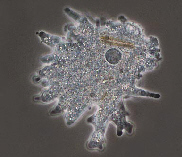
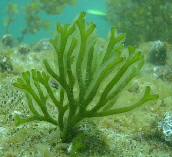
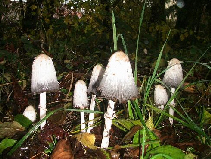

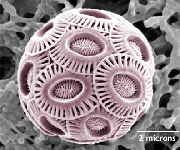

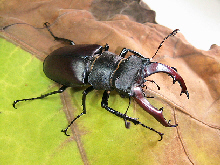


Characteristics of Eukaryota:
Eukaryotes (from the
Greek eu "good" and karyon "nucleus") are the only domain that possesses a true
nucleus in their cells, which surrounds and protects the DNA. Of the three
existing domains, eukaryotes by far have the most species, being the only one
that has truly macroscopic organisms, with an extremely high diversity of forms
but with a very low metabolic diversity.
Life appeared on Earth approximately 3.8 billion years ago, but it was not until
about 900 million years ago that eukaryotes appeared, making them the last
domain to form, with a difference of about 3 billion years. Prior to the
appearance of eukaryotes, for almost 3 billion years, life was composed only by
the Bacteria and Archaea domains. After this time, there was a period when some
species from these two domains began to live in symbiosis. Specifically, a
bacterium from the group Proteobacteria managed to survive inside the cell of an
archaeon from the group Asgardarchaeota, originating a new organism by the
fusion of these two completely different organisms. This gave rise to the
Eukaryota domain. The fusion of two completely different metabolisms that
complemented each other in a single organism provided it with endless
possibilities, greatly increasing its biological efficiency. Subsequently, this
lineage followed a completely different evolutionary path, giving rise to a
large number of structures that are only present in eukaryotes, such as the
nucleus, the cytoskeleton, the internal membranous structures, certain genetic
patterns, ... leading to a lineage that would eventually form all the
macroscopic species that can be found on Earth.
Although the true diversity of eukaryotes lies in the numerous microscopic life
forms it possess, their kingdoms Animalia (animals), Plantae (plants), and Fungi
(fungi) are well known. Despite the high morphological diversity of this domain,
the molecular diversity of both their metabolic pathways and their DNA is very
low compared to the other two domains, and comparable, for example, to a single
kingdom of the Bacteria domain.

Domain: Eukaryota